The past year has marked the boom of one of the hit GameFi called StepN with the Move to Earn model, or so to speak, until its downturn. So in 2023, what will happen next?
Looking back on the complete bottom→peak→bottom encryption industry cycle from 2020 to 2022, the three new tracks of DeFi, NFT, and blockchain games are dancing, and the most dazzling in the chain game track are two projects Axie and StepN: Axie created the “Play to Earn” mode, which led to the frenzy of small picture gold mining; while StepN took a slant after the decline of Axie, using the “Walk to Earn” light mode that is closer to the player’s real life, to guide players to build a consensus: In addition to making money in the game, you can also find cool points for gaining health.
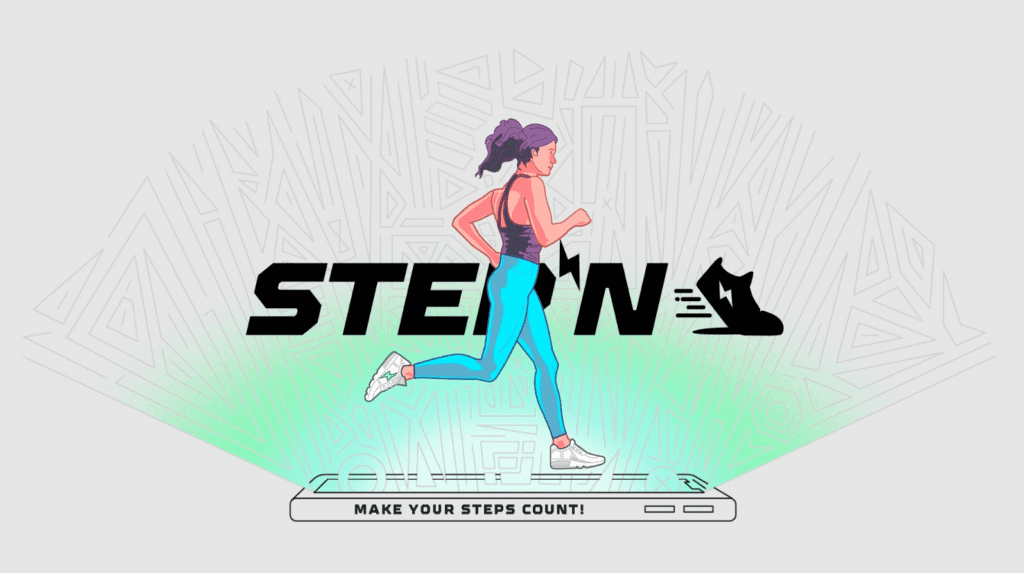
X to Earn model
Judging from the old player retention rate indicators and the actual effect of urging sports, StepN is indeed the first chain game with a breaking effect and can even be evaluated as an excellent Web3 product, so the track of X to Earn It suddenly emerged and became one of the most important modules in chain games.
StepN’s walking to earn money has spread all over the encryption circle, especially the “four-day payback” after the shoes are on the BNB Chain, which made the madness reach its peak. Various X to Earn projects emerge in endlessly.
“Move to Earn track analysis” analyzed several StepN imitation disks, but before finishing writing, StepN began to ebb on the B chain (the second chain), and the cooling speed was faster than our codeword speed, so it’s unfinished…
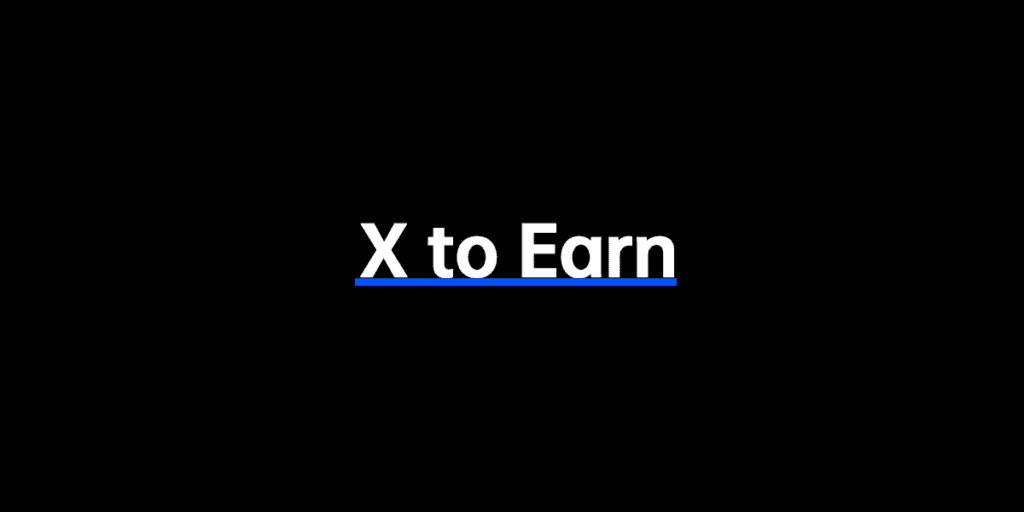
Is the problem with the gameplay and operation of StepN? I don’t think so. The original sin is the dual-token model developed based on Axie. The underlying logic of this type of model has led to “Fomo succeeds and Fomo fails.” Its life cycle is extended compared to other projects.
The X to Earn track is still a hot spot in the eyes of players and investment institutions, mainly because it can be out of the circle and it may be combined with real life. But if you think about it carefully, are the projects in X to Earn really homogeneous? How to classify from different angles? How to judge whether the project is good or bad from the perspective of investment logic?
Sleepagotchi
According to the level of the threshold for using the product on the client side (C side), we have established a “life application” standard, in which the product is to extract some of the actions that frequently occur in the player’s life, allowing you to earn while doing it. As a player, you have to do these actions. You use this kind of product while doing it, and then give you rewards as encouragement. I hope you can do better.
The life application category can be further subdivided into light-duty and heavy-duty categories. The light-loaded category means that this product can be played without purchasing other heavy-duty external equipment, and the entry threshold for C-end users is low.
For example, in Sleepagotchi (assuming that sleeping products do not need to purchase additional equipment separately and directly use off-the-shelf equipment such as mobile phones or watches), individuals can sleep; such as StepN, as long as they have shoes, they can run.
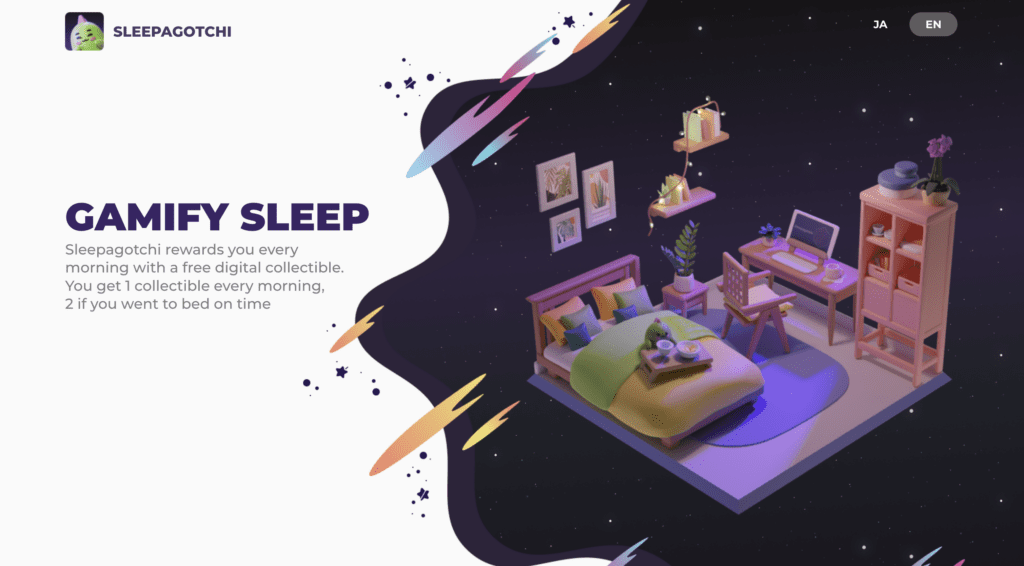
Light-weight products currently appear to have two characteristics:
- First, the lighter the product, the more audiences it has, and the greater the possibility of getting out of the circle. Investment institutions currently choose projects on the X to Earn track, which tends to be as light as possible, such as Sleepagotchi. It is said that many institutions did not have a quota to invest in before;
- Second, the lighter the product, the stronger the refreshing point that needs to impress the player, that is to say, the more obvious the other benefits that the player can get from this product besides Earn.
For example, products in the category of reading books are the most important among light-packed products. People who love to read have already formed private domain traffic, and they can use this product just for the hobby of reading. But as far as sleeping products are concerned, sleeping is not a hobby but something that everyone must do, so this product needs to have another extra powerful function to empower it (besides making money).
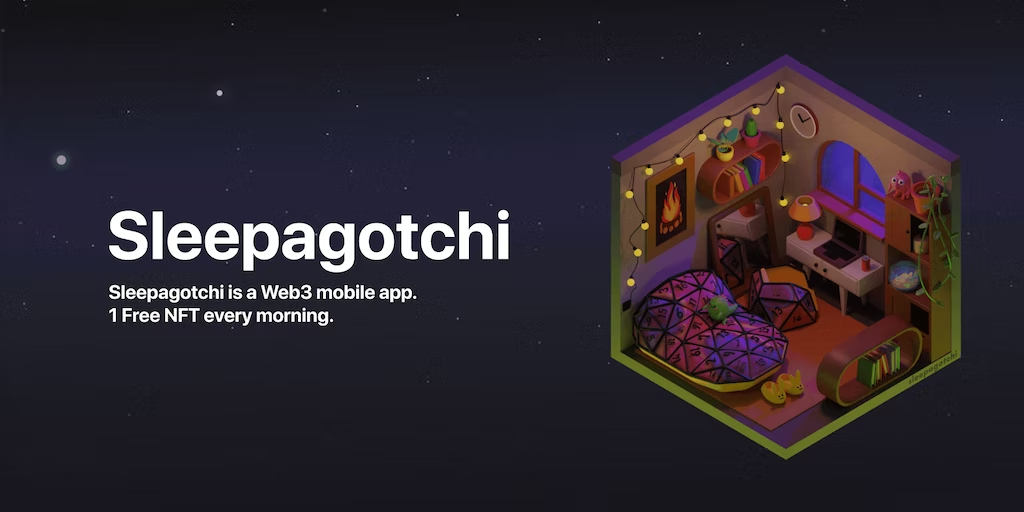
Take the Sleepagotchi product as an example, it emphasizes the function of improving sleep, similar to SleepOn in Web2 To be honest, if Sleepagotchi can really play such a function, not to mention that I can make money by using it, I am willing to spend money to buy this product, which is the melatonin in Web3.
There is also the familiar running category StepN, which is heavier than the sleeping category and lighter than the skipping category and reading category, so it introduces the concept of “running more to be healthy.” It can be seen that the two projects, Sleepagotchi and StepN, have a common positive and positive narrative: Sleepagotchi is to promote a healthy routine (higher sleep quality and more falls), and StepN is to promote oneself to develop of exercise habits (long running time the longer the period, the greater the income).
Hooked Protocol
Here is a brief analysis of the recently popular Hook, which is the star product of Binance’s IEO launch after 9 months of holding back. It belongs to the “Learn to Earn” type, and you can get rewards through questions and answers. From the perspective of product design logic, I personally don’t like it because:
- First, the barriers to entry are very low, and everyone can answer questions. The point is, is answering questions necessary every day? This is not the same as sleeping and walking.
- Second, there is no cool point. Learning is anti-human, and liking leisure and hating work is the root of human nature, and can answering questions become a hobby like reading or running?
- Third, can users be encouraged to show off at the wine table after acquiring knowledge?
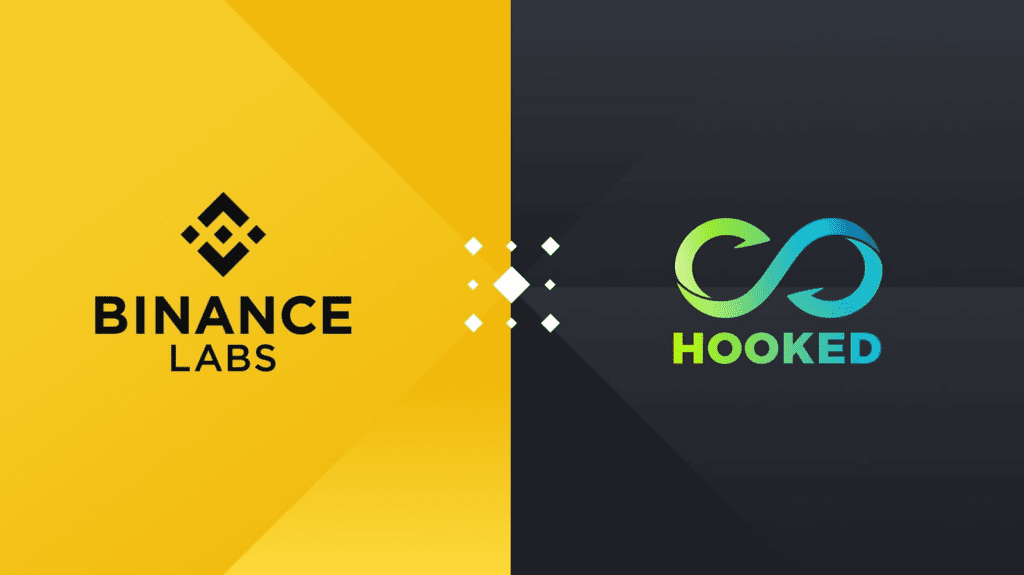
Therefore, I feel that Hook’s product usage logic is weird, and it is purely for making money to answer questions. I don’t know if Binance had thought about what I said above when it promoted it. But these analyzes are really not important, as long as there is a good father of Binance, it is the last word.
Conclusion
The X to Earn track will always be a hot spot. If it is a life application category, analyze it from the perspective of the C-end, specific to several dimensions: the severity of the user entry threshold and the number of participants, whether the cool point is enough to convince people, and the difficulty of private domain traffic.
DISCLAIMER: The Information on this website is provided as general market commentary and does not constitute investment advice. We encourage you to do your own research before investing.
Join us to keep track of news: https://linktr.ee/coincu
Harold
Coincu News














